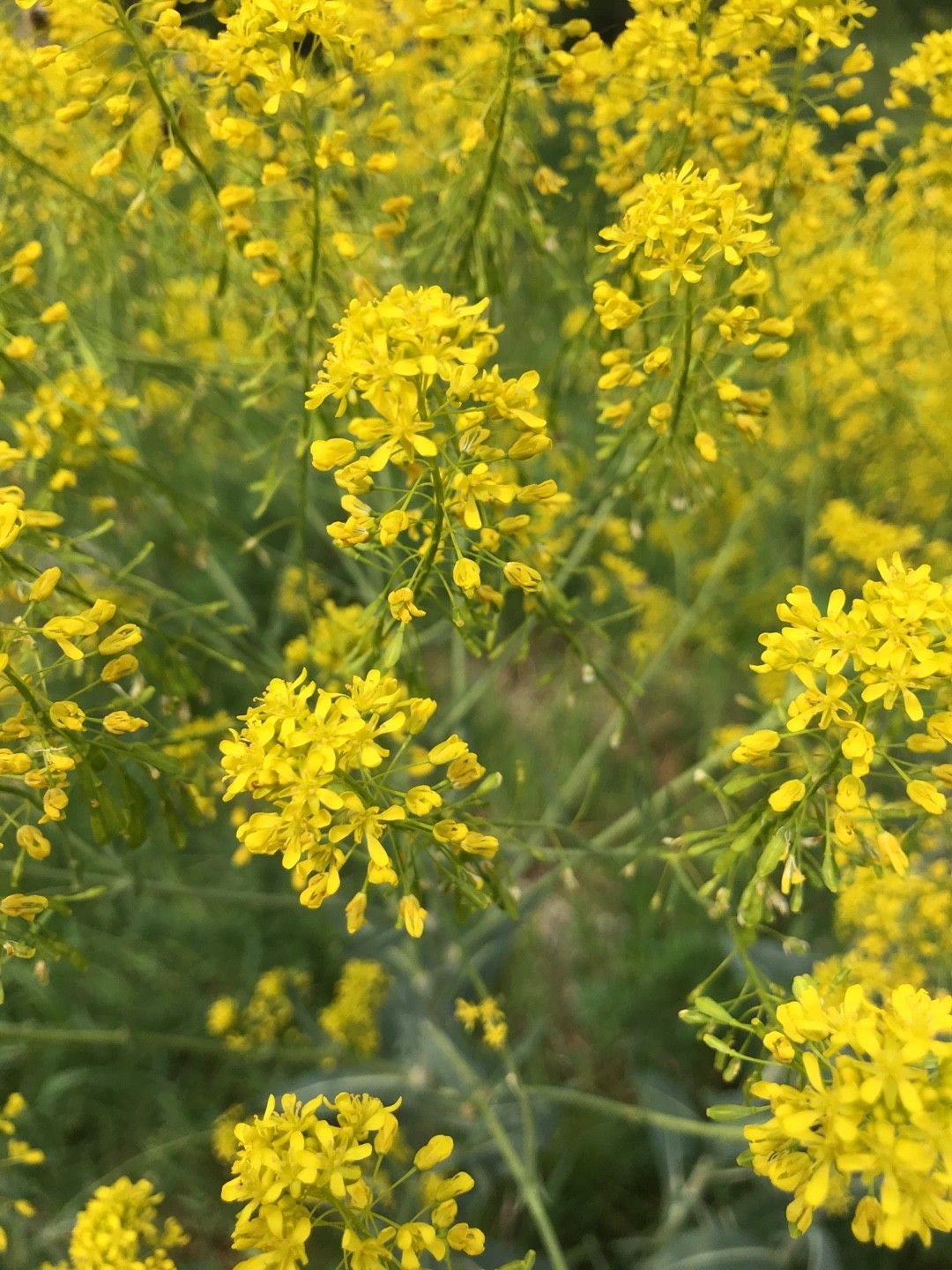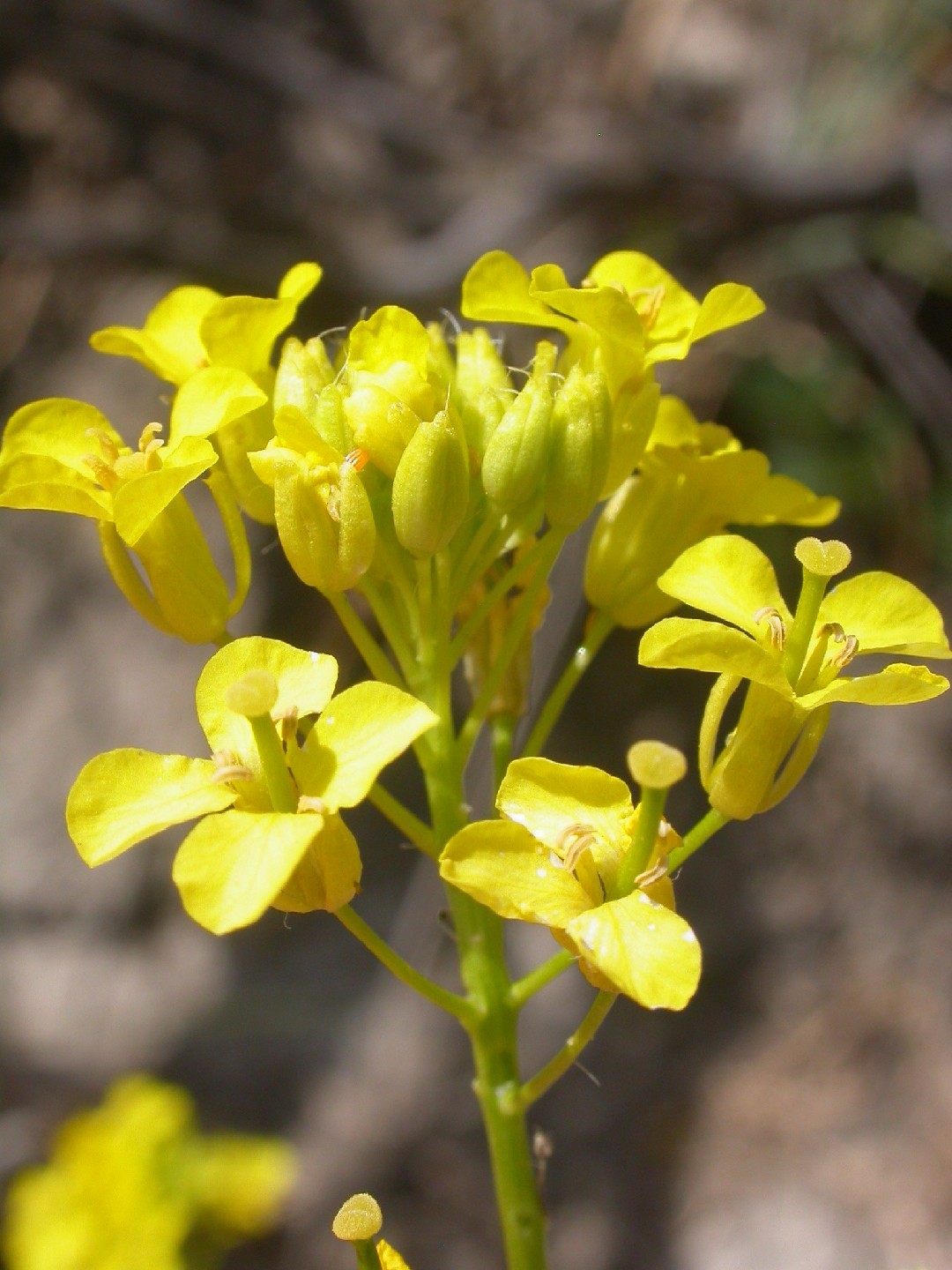Hedge Mustard: The Wild Edible That's Good For Your Health
Hedge mustard is a wild plant that is found in Europe, Asia, and Africa. It has a long history of use as a medicinal herb, and it is also edible. The leaves, stems, and flowers of hedge mustard can be eaten raw or cooked. They have a bitter taste, but they are also rich in vitamins, minerals, and antioxidants.
Health Benefits of Hedge Mustard
Hedge mustard is a good source of vitamins C, A, and K. It also contains minerals such as calcium, iron, and magnesium. These nutrients are essential for good health, and they can help to boost the immune system, protect against disease, and improve overall well-being.
In addition to its nutritional value, hedge mustard also has a number of medicinal properties. It has been used traditionally to treat a variety of ailments, including coughs, colds, bronchitis, urinary tract infections, and gallbladder problems. Hedge mustard contains compounds that have antioxidant, anti-inflammatory, and antibacterial properties. These properties may help to protect against damage caused by free radicals, inflammation, and infection.
How to Eat Hedge Mustard
Hedge mustard can be eaten raw or cooked. The young leaves are the most tender and flavorful. They can be added to salads, sandwiches, or stir-fries. The older leaves can be cooked like spinach or kale. The flowers can also be eaten raw or cooked. They have a peppery flavor that can be used to add zest to salads, soups, or sauces.
Safety Considerations
Hedge mustard is generally safe to eat in small amounts. However, it can cause side effects such as vomiting, diarrhea, and heart rhythm problems if consumed in large amounts. It is important to note that hedge mustard contains chemicals called cardiac glycosides, which can be harmful if taken by people with certain medical conditions. If you are pregnant or breastfeeding, or if you have any health concerns, it is best to avoid eating hedge mustard.
Conclusion
Hedge mustard is a wild edible plant that has a number of health benefits. It is a good source of vitamins, minerals, and antioxidants. It can be eaten raw or cooked, and it has a peppery flavor. However, it is important to note that hedge mustard can cause side effects in some people, so it is important to consume it in moderation and to talk to your doctor if you have any health concerns.
Hedge mustard is a plant that has been used for centuries for its medicinal properties. It can be used to treat a variety of conditions, including urinary tract diseases, coughs, chronic bronchitis, and swelling of the gallbladder. Hedge mustard is also used as a gargle or mouthwash.
If you are interested in learning more about hedge mustard, I encourage you to visit Home Gardening. This website provides comprehensive information about the plant, including its uses, side effects, and dosage. You can also find recipes and other resources on the website.
FAQ of hedge mustard
- What is hedge mustard?
Hedge mustard is a wild mustard plant that is native to Europe and Asia. It is a winter annual, which means that it germinates in the fall and grows throughout the winter. Hedge mustard can grow up to 3 feet tall and has yellow flowers. It is a common weed in gardens and fields.
- Is hedge mustard edible?
Yes, hedge mustard is edible. The leaves and flowers can be eaten raw or cooked. They have a peppery flavor that is similar to horseradish. Hedge mustard is a good source of vitamins A and C, as well as minerals such as potassium and calcium.
- How can I control hedge mustard in my garden?
There are a few ways to control hedge mustard in your garden. One way is to pull the plants by hand when they are young. Another way is to use a hoe to chop the plants off at the base. You can also use a herbicide that is specifically designed for controlling mustard plants.
- Is hedge mustard poisonous?
No, hedge mustard is not poisonous. However, it can cause an allergic reaction in some people. If you experience any symptoms of an allergic reaction, such as hives, swelling, or difficulty breathing, after eating hedge mustard, you should seek medical attention immediately.
- What are the benefits of hedge mustard?
Hedge mustard has a number of health benefits. It is a good source of antioxidants, which can help protect the body against damage from free radicals. Hedge mustard also contains compounds that have anti-inflammatory and antibacterial properties. These properties may help to reduce the risk of developing certain chronic diseases, such as heart disease, cancer, and infection.
- How can I use hedge mustard medicinally?
Hedge mustard can be used to make a tea or tincture. The tea can be used to treat a variety of conditions, including coughs, colds, and sore throats. The tincture can be used to treat arthritis, muscle pain, and insect bites.
Image of hedge mustard
- Hedge mustard in bloom. This image shows a hedge mustard plant in full bloom. The flowers are small and yellow, and they are clustered together in racemes. The plant itself is green and leafy, with a slightly upright growth habit.

- Hedge mustard close-up. This image shows a close-up of the flowers of a hedge mustard plant. The individual flowers are about 1/2 inch in diameter, and they have four petals. The petals are yellow with a slightly orange tint.
- Hedge mustard in a field. This image shows a hedge mustard plant growing in a field. The plant is surrounded by other wildflowers, including daisies, buttercups, and clover. The hedge mustard plant is the tallest plant in the field, and its yellow flowers stand out against the green of the other plants.
- Hedge mustard seeds. This image shows the seeds of a hedge mustard plant. The seeds are small and brown, and they are arranged in pods. The pods are about 1 inch long and they are slightly curved.
- Hedge mustard plant in winter. This image shows a hedge mustard plant in winter. The plant has lost its leaves, but the stems are still green. The plant is covered in a dusting of snow.
- Hedge mustard in a garden. This image shows a hedge mustard plant growing in a garden. The plant is surrounded by other flowers, including roses, lilies, and hydrangeas. The hedge mustard plant is the only yellow flower in the garden.
- Hedge mustard in a vase. This image shows a hedge mustard plant in a vase. The flowers are arranged in a loose bouquet. The flowers are still in bloom, and they are surrounded by green leaves.

- Hedge mustard as a groundcover. This image shows a hedge mustard plant used as a groundcover. The plant is spreading out and covering the ground. The plant is a light green color, and it has small yellow flowers.

- Hedge mustard as a border plant. This image shows a hedge mustard plant used as a border plant. The plant is planted along the edge of a walkway. The plant is about 2 feet tall, and it has bright yellow flowers.
- Hedge mustard as a cut flower. This image shows a hedge mustard plant used as a cut flower. The flowers are arranged in a vase. The flowers are still in bloom, and they are surrounded by green leaves.




Post a Comment for "Hedge Mustard: The Wild Edible That's Good For Your Health"